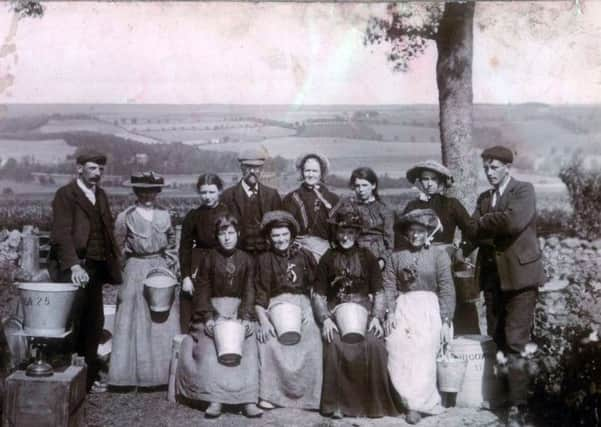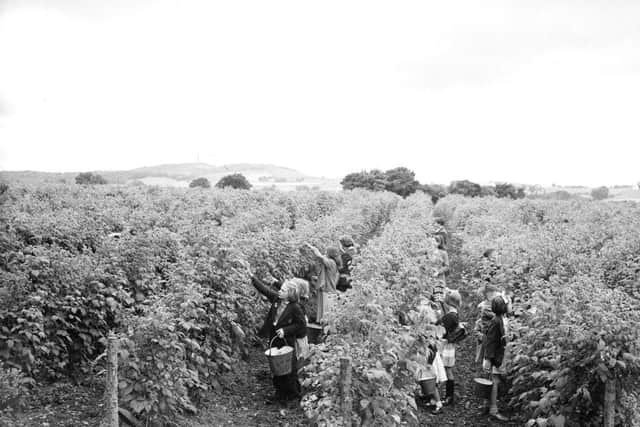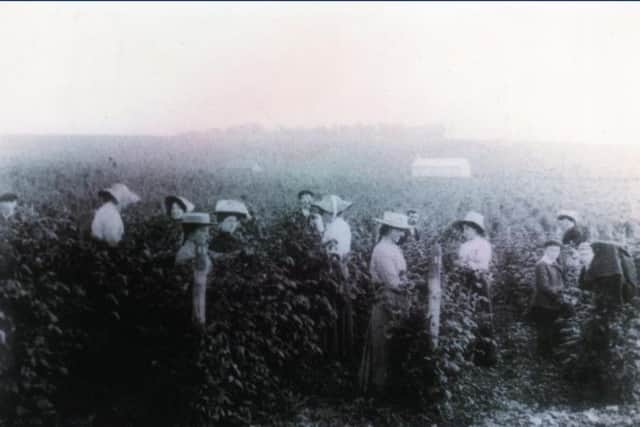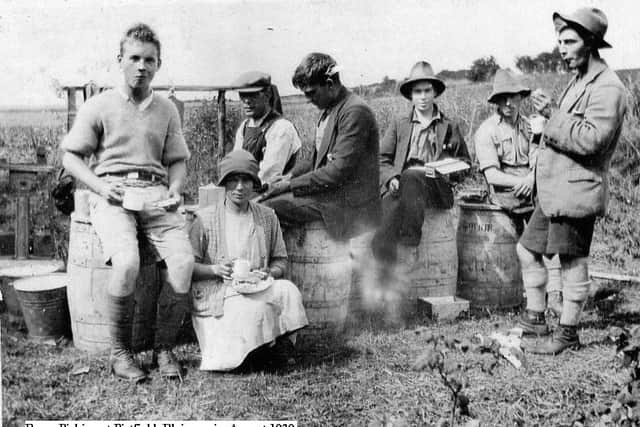100 years of berry picking and Scottish summers


For more than 100 years, the soft fruit harvests of Scotland have gone hand in glove with its warm and wet long summer days.
It was in Blairgowrie - known as Berry Town - that Scotland’s soft fruit industry was born in the early 1900s with Angus and Fife also to become key growing areas.
Advertisement
Hide AdAdvertisement
Hide AdThe season was to draw legions of school children, travellers and casual workers to the country but over time some berry boses made moves to create a “respectable class of picker” following a number of local scandals among labour crews.


Around 1905, a successful project was set up in Essendy, around three miles from Blairgowrie, to attract women and girls from the city to the “delightful” countryside surrounds.
Known as Tin City, the stone buildings were fitted with corrugated roofs with large double beds laid out side-by-side in a dormitory setting.
To sleep around 1,500 pickers, it offered hot food such as meat and mince or cold boiled ham for low prices. Laundry could be done and free transport was arranged from Blairgowrie Station to Essendy.
Tin City also had a grocer’s shop, a post office and a piano in a reception room.


During WWII, children were dispatched to the berries to keep the rural economy ticking.
It is said that pupils from all over Scotland were sent to Blairgowrie and the surrounding area to keep crops harvested as workers were drawn to serve in the forces.
The fields of Blairgowrie also provided an income for Perthshire’s travelling community.
Advertisement
Hide AdAdvertisement
Hide AdSheila Stewart, a singer and storyteller, who was awarded a MBE for her services to traditional Scottish music in 2006, spoke at length of her time in the berry fields near Blairgowrie and how the traveller language and culture was reinforced during picking season given the mixed workforce.


In 2000, she talked of her lecture tour of the United States following the release of her album The Heart of Tradition.
On her return, she saiid: “There’s mair fun in picking berries.”
Peter Thomson, of Thomas Thomson fruit growers, whose family have been in the business for more than 100 years, said the berry industry had changed -but that it was still an important part of local life.
Mr Thomson said: “It has always been pretty central to the local economy.


“Although most of the pickers now come from Eastern Europe, there are still numbers employed year round in the industry. It is still vital in the area.
“At the height of the berry growing, and we are not talking that long ago, there were around 40,000 people working as pickers during the summer in Tayside and Fife alone.
“A large number of the pickers were school children. Mothers would send them to pick enough to buy their school uniform and get themselves something new. It was a tradition. It is what people did in the summer holidays in Scotland.
Advertisement
Hide AdAdvertisement
Hide Ad“I always thought it was a very, very gentle way of getting young people into work and show them what work was all about.
“It was very much a case of working when you wanted to. It was the parents driving it, not the farmer. As long as you picked clean - that was always the mantra, to pick clean - you could work on as much as you liked.
DOWNLOAD THE SCOTSMAN APP ON ITUNES OR GOOGLE PLAY